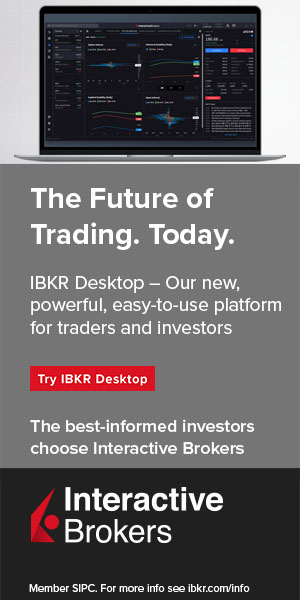The conglomerate boom of the 1960s was the first time Soros systematically put into practice his theory. Managements of high technology defence companies feared a slowdown in sales after the Vietnam War, e.g., Textron, LTV and Teledyne. They used their highly priced shares to buy other companies. By purchasing companies on relatively low price-earnings ratios (PERs) in exchange for shares in themselves (which had high PERs) they pushed up their earnings per share, eps.

Managers quickly learnt that there are two ways of pushing up eps and thus the share price, allowing them to raise more capital. The first was to become more efficient and raise organic earnings from existing businesses.
The second was to regularly buy companies on low PERs with highly priced shares. The second method became quick and easy if they could rely on their investors continuing to price their shares at a high multiple.
For this they needed to convince their investors that the acquired companies would be transformed to faster growing businesses and thus the combined earnings produced should be accorded a high PER based on last year’s eps.
Investors were on the look-out for growing eps but were unable to tell whether the reported numbers were growing because of greater efficiency at acquired subsidiaries or simply because a continuous flow of low PER-company purchases.
A simple example of boot-strapping (the magic of pulling yourself up by your own bootstraps)
Imagine two firms, Crafty plc and Sloth plc. Both earned £1m last year and had the same number of shares. Earnings per share on an historical basis are therefore identical. The difference between the two companies is the stock market’s perception of earnings growth. Because Crafty is judged to be a dynamic go-ahead sort of firm with management determined to improve earnings per share by large percentages in future years it is valued at a high PER of 20.
Sloth, on the other hand, is not seen by investors as a fast-moving firm. It is considered to be rather sleepy. The market multiplies last year’s earnings per share by only a factor of 10 to determine the share price
| Crafty | Sloth | |
| Current earnings | £1m | £1m |
| Number of shares | 10m | 10m |
| Earnings per share | 10p | 10p |
| Price to earnings ratio | 20 | 10 |
| Share price | £2 | £1 |
Because Crafty’s shares sell at a price exactly double that of Sloth’s it would be possible for Crafty to exchange one of its shares for two of Sloth’s. (This is based on the assumption that there is no bid premium, but the argument that follows works just as well even if a reasonable bid premium is paid.)
Crafty’s share capital rises by 50 per cent, from 10 million shares to 15 million shares. However, eps are one-third higher. If the stock market still puts a high PER on Crafty’s earnings, perhaps because investors believe that Crafty will liven up Sloth and produce high eps growth because of their more dynamic management, then the market capitalisation of Crafty increases and Crafty’s shareholders are satisfied.
Each old shareholder in Crafty has experienced an increase in earnings per share and a share price rise of 33 per cent. Also, previously Sloth’s shareholders owned £10m of shares in Sloth; now they own £13.33m of shares.
| Crafty after the takeover | |
| Earnings | £2m |
| Number of shares | 15m |
| Earnings per share | 13.33p |
| Price to earnings ratio | 20 |
| Share price | 267p |
This all seems rational and good, but shareholders are basing their valuations on the assumption that managers will deliver on their promise of higher earnings growth through operational efficiencies, etc. Managers created special accounting techniques that enhanced the impact of the acquisitions – accounting rules were lax (in many ways they still are).
Thus was created an ‘underlying trend’: earnings per share were rising.
Voices initially sceptical………………To read more subscribe to my premium newsletter Deep Value Shares – click here http://newsletters.advfn.com/deepvalueshares/subscribe-1


 Hot Features
Hot Features











